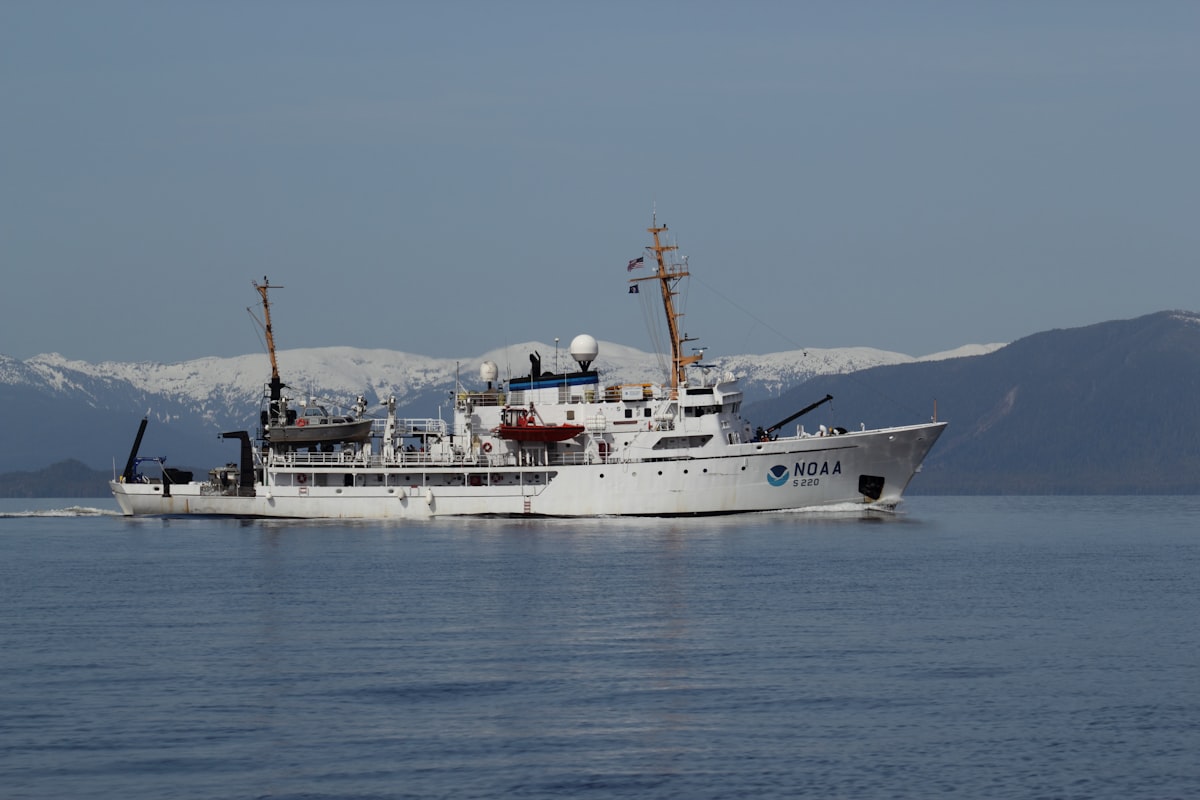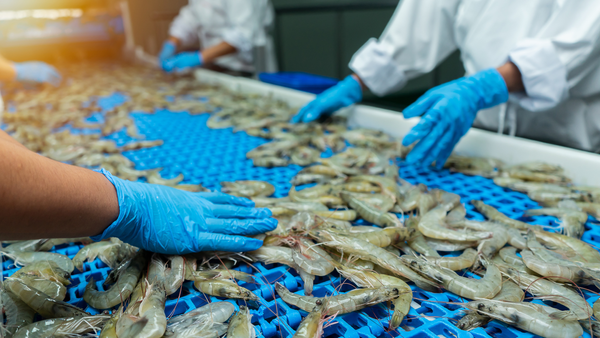Why We Asked NOAA for More Time to Review its SIMP Expansion Proposal

Our mission is to support industry by opening new markets. As a software company, we spend most of our time translating complex regulations into software and keep an eye on the politics through our trade associations. On occasion, the right thing to do for our customers is to is stand up and speak as subject matter experts. We are so grateful to the National Fisheries Institute for partnering with us to request that NOAA Fisheries give the public more time to digest and comment on the proposed expansion of the U.S. Seafood Import Monitoring Program. Here’s why, and what we plan to do with the extra time if our request is granted. [Update: NOAA has now extended the comment deadline to April 27, 2023]
1. Last-Minute Release of Supporting Documents
Every time a US regulation is proposed or changes, the government has to detail its reasoning and estimate domestic impacts in two often-overlooked (but super valuable to nerds like us) supplemental reports called the Regulatory Flexibility Analysis and Regulatory Impact Review. They ask and answer questions about the ripple effects of the regulation, including:
- Who will it impact, and how?
- What are the savings and/or costs to individuals, companies, and the government over time?
- What is the worst case scenario, and is that acceptable?
- Is there a version of this change that would be less burdensome while still offering benefits?These documents typically publish alongside the regulation, which in this case would have been December 28, 2022. We don’t know why, but NOAA Fisheries delayed publishing these 30+ pages of technical analysis until March 20, just one week before comments were due. That just isn’t enough time to offer meaningful feedback.
2. Poor Public Engagement
The US regulatory system has its flaws, but one aspect of the process that NOAA typically does well is soliciting public input. The agency holds webinars and listening sessions for high-interest rules and actions to explain what they are proposing in plain language and give everyone a chance to ask clarifying questions. For reasons we can’t figure out, none of that happened this time. NOAA opened public comment on a high interest, high controversy rule making with nothing but a press release. We tried asking a few clarifying questions over email, but the response we received was not helpful. We hope NOAA will take this extra time to do some much-needed public engagement on this proposed rule.
3. More Work to be Done
When the Seafood Import Monitoring Program began in 2016 there was no market for software like Goldfish because trade data wasn’t regulated in the way it is now. Fast forward to earlier this month, we walked the trade floor at Seafood Expo North America and heard from one company after another that they need what we’re offering and want to start using Goldfish right away. We want to work with importers, brokers, and our trade associations in this extended comment period to show much more complete picture of the seafood import industry as it exists today, how it was shaped by SIMP, and what we’re capable of doing together to keep illegally harvested and misrepresented seafood out of the US market.
Nerding Out: Further Reading on SIMP Expansion





